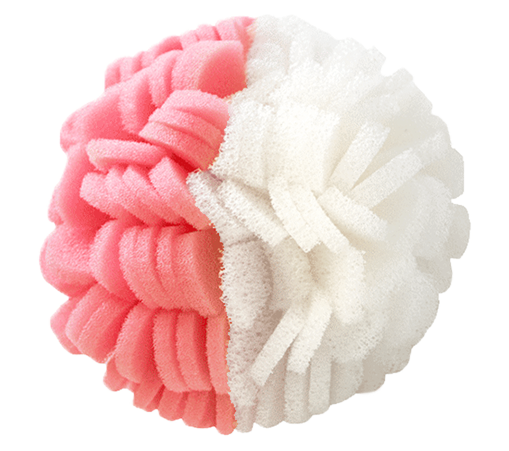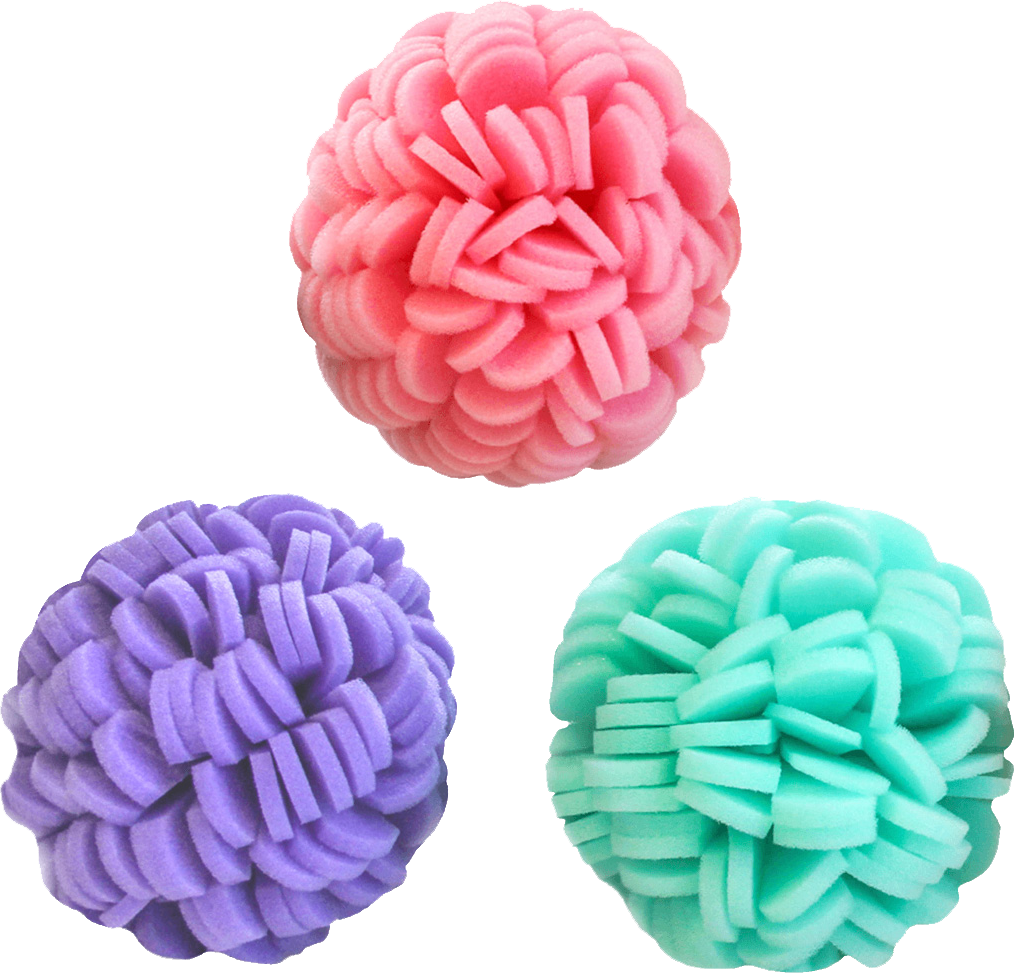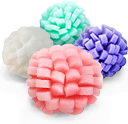Ingrown Hairs
What Causes Ingrown Hairs?
When recently-plucked, waxed or shaved hairs begin to grow back, those that are particularly thick or curly bend back into the skin. These are then covered by skin cells and lead to the ingrown hairs that we all loathe (Knoxville Dermatology Group). Additionally, those hairs which are cut or shaved create a pointed tip on the strand, making it easier for the hair to penetrate your skin once again (Dermatological Association of Texas). Those who pull their skin taut while shaving may be encouraging freshly-cut hairs to recoil back into the skin, leading them to grow beneath the skin’s surface, whereas freshly-plucked hairs may leave small hair fragments just below the skin’s surface (Mayo Clinic).
How Often Should I Exfoliate Ingrown Hairs?
As long as your skin is not suffering from other conditions, like psoriasis or acne, then you should be fine exfoliating your ingrown hairs once to twice per week. If your ingrown hairs become infected, sensitive-to-the-touch, inflamed or discolored, then you should immediately seek help from your dermatologist.
What Ingredients are Best for Ingrown Hairs?
Papain
Aside from being a tasty summertime snack, papaya packs an extra benefit; it contains the keratolytic enzyme papain, which breaks down intercellular protein bonds so that newer cells can proliferate. Have sensitive or erythematous skin? Enzyme-based keratin removal is usually a very gentle exfoliation process, and seldom induces irritation in users (Cosmetic Dermatology, U.S. Patent 8377434). If you have oily skin or breakouts, then papain may help to remove necrotic (dead) tissue and increase the rate of epithelialization.( Wounds, Journal of Biomedicine and Biotechnology).
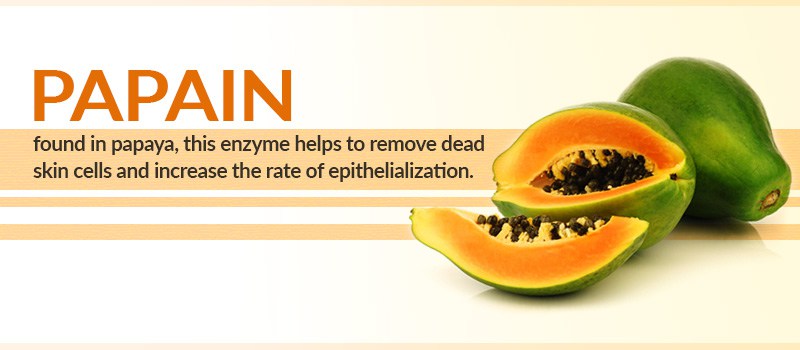
Salicylic Acid
Probably our favorite ingredient in skincare, salicylic acid is a beta hydroxy acid (BHA) that is believed to be the most powerful keratolytic agent in dermatology(Clinics in Dermatology). Salicylic acid works by breaking the intercellular bonds in the skin so dead or hardened skin cells can be more easily removed, and so that healthier can burst forth (Archives of Dermatological Research). Exfoliating deep within the skin and not just on the surface loosens up scaly lesions so that other ingredients (like moisturizers or antibacterial agents) can penetrate the skin more easily, (International Federation of Psoriatic Associations) . Want to know more about why we love salicylic acid (and why you should definitely use it) ? Check out our article, 5 Things That You Never Knew about Salicylic Acid Exfoliation.
Urea
Despite the funny-sounding name, urea is an awesome ingredient in skin care. When applied topically, urea can reduce the epidermal proliferation that characterizes certain skin lesions and plaques (Acta Dermato Venereologica), and potentially even play a role in preventing epidermal proliferation over ingrown hairs. Even better, urea is a strong keratolytic agent that can break down intercellular bonds so that old and hardened cells can be removed (Dermatology Online Journal). Topically-applied urea is also believed to act against dermatophytes, a type of fungus that thrive on keratin and which can cause infection and inflammation (Clinics, American Family Physician)
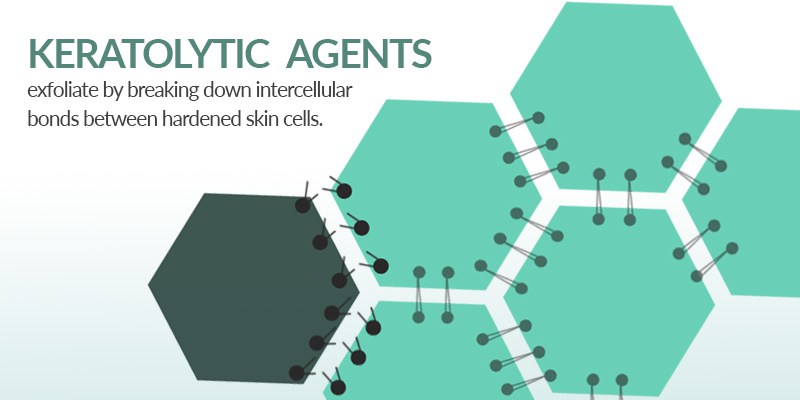
Jojoba Oil
ViaBuff readers will notice that we almost always recommend jojoba oil to improve skin moisture. Why? Jojoba oil closely resembles skin’s natural oils and can deceive the skin into thinking that it is producing too much oil. This in turn leads skin to regulate its sebum output (Skin and Allergy News, Dr. Joshua Zeicher for HowStuffWorks.com). This fabulous ingredient has also demonstrated swelling within the skin, which indicates moisture retention (Journal of Dermatologic Science). A penetration enhancer, jojoba helps other ingredients to penetrate the skin more deeply so that their benefits may be more widespread (Journal of Cosmetic Science, Journal of the American Oil Chemists’ Society). So what does this mean for ingrown hairs? Jojoba oil can help keratolytic, antibacterial, and anti-inflammatory ingredients to penetrate the skin more deeply so that they can kick ingrown hairs to the curb.
Marigold (Calendula officinalis L.)
While marigolds may not be the first plant that comes to mind when you think of skin care, this cheery yet unassuming flower holds several benefits for the skin. Calendula officinalis L. has exhibited significant anti-inflammatory activity when applied topically, and is believed to reduce inflammation by inhibiting pro-inflammatory cytokines and cylooxgenase’s production of prostaglandins (Indian Journal of Experimental Biology). The petals of Calendula officinalis flowers have also demonstrated antibacterial activity against Gram-positive and Gram-negative pathogens, which can benefit those who pick at ingrown hairs and subsequently may make their skin more prone to infection (Complementary Therapies in Clinical Practice). Calendula officinalis also exhibits antioxidant activity when applied topically (Journal of Medicinal Plants Research), with one study suggesting that this flower exhibits antioxidant activity against hydroxyl radicals and superoxide radicals when administered in a dose-dependent manner. As such, it is believed that calendula officinalis holds great potential in promoting wound healing (Wounds). So what does this mean for ingrown hairs? Calendula officinalis’ antibacterial properties mean that it will likely protect those ingrown hair-induced lesions from infection while its antioxidant activity can play a role in healthy wound healing on the skin, such as lesions from plucking ingrown hairs.
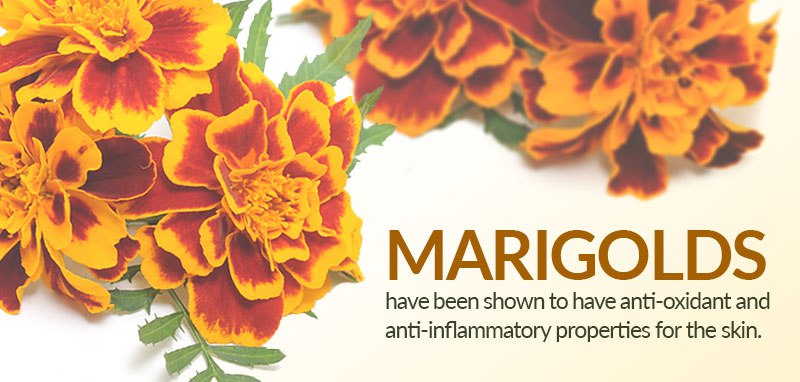
Coconut oil
Coconut isn’t just limited to flavoring your favorite desserts and beverages; in fact, it is believed to improve skin hydration and may even treat infections. Research published in the journal l Dermatitis suggested that topically-applied coconut oil greatly improved moisture and lipid levels in those participants with mild to moderate xerosis (dry skin). Similarly, coconut oil has been shown to reduce transepidermal water loss and strengthen skin capacitance in those with atopic dermatitis, meaning that it helps skin to fortify its skin barrier (International Journal of Dermatology) Research from the Natural Medicine Journal suggested that coconut oil’s potent anti-microbial and anti-fungal properties made it a strong candidate for killing gram-positive and gram-negative bacteria and Candida species bacteria – a plus for those of us who suffer from infected ingrown hairs or other infection-prone skin lesions. Coconut oil is believed to have few negative effects, leading some researchers to postulate that coconut oil may prove beneficial when treating minor to moderate skin infections, such as wound infections, polymicrobial atopic dermatitis (dry skin), and acnes.
Which ViaBuff Buff Should I Use on Ingrown Hairs?

If ingrown hairs have you feeling gloomy and frustrated, never fear; the ViaBuff Level 3 Exfoliating Puff (as both a Body Exfoliator and Facial Mini Buff) can come to the rescue. Our dermatologist-tested and cruelty-free buff was designed to be abrasive enough to coax away stubborn hairs that may have curled themselves into the skin, yet is gentle enough that it will not induce irritation even in those with sensitive skin. Even better, our buff’s open cell polyurethane design limits water retention so as to prevent bacterial colonization within the crevices of each buff. With a large surface area, our Facial Mini Buff and Body Exfoliator both ensure that your exfoliating serum stays on the outer surface of the puff, so that you can have a more efficient and effective exfoliating experience. What really makes our buffs so fabulous is that they last 90 days, which is about 3 times longer than your standard loofahs and puffs. In fact, many of our customers report having buffs that last for months!

